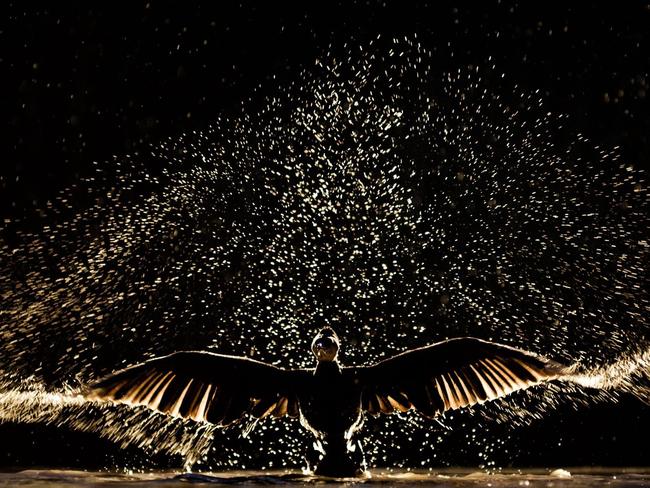National Geographic reveals winners of 2017 photo competition
NATIONAL Geographic has revealed the best nature photos of 2017 and the winner of the grand prize encapsulates a heartbreaking story.
THE winners of National Geographic’s annual Nature Photographer of the Year contest have been announced.
The competition — divided into the categories wildlife, aerials, landscapes and underwater — included some truly stunning images, many of which are available to download as a desktop, tablet or mobile wallpaper on the publication’s website.
From nearly 2 million images, the team managed to pick its favourite 57 across all categories.
But if there’s one thing that springs to mind when you think of National Geographic, it’s wildlife photography.
Photographer Jayaprakash Joghee Bojan took out the $US7500 grand prize for his image of an orang-utan in Borneo, which perfectly captured the growing plight of the species due to human-caused environmental degradation of its habitat.
The critically endangered ape was snapped skulking behind a tree while crossing a river. Due to rampant palm oil cultivation in the region, the normally arboreal species has been forced into unusual behaviour, such as wading through crocodile-infested waters, in order to survive.
Below are some of the other finalists, and some of our favourites, from the wildlife category.
















